Trigger warning:
Violence
History is preserved in books, documentaries, some films, but there is something visceral about hearing it from somebody who experienced it firsthand.
If you’re a Filipino millennial, you probably learned about the Japanese occupation of the Philippines not just from school, but from the firsthand experiences of your grandparents.
Real stories of how Japanese soldiers would slap them for talking. How bullets would whiz past them as they ran across fields. How bodies of family members were hung on trees and used as target practice. How some of them survived the Bataan Death March that commenced on April 9, 1942, now commemorated as the Day of Valor in the Philippines.
And of that battle-worn generation, how they somehow lived to tell the tale.
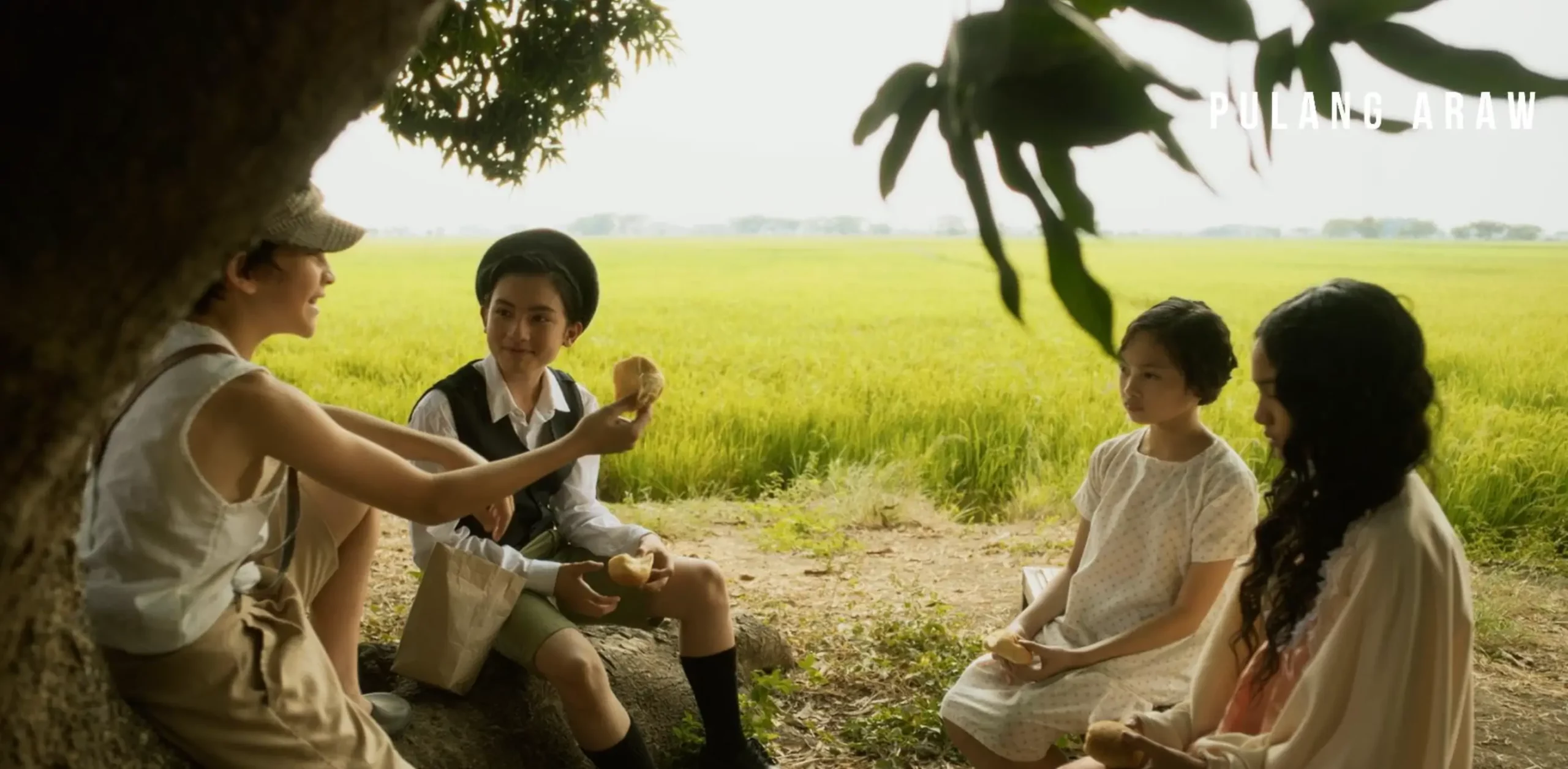
Image: IMDB/Pulang Araw
“Pulang Araw” follows childhood friends: siblings Eduardo and Adelina; Adelina’s half-sister Teresita, and their Japanese friend Hiroshi, navigating adulthood and grown-up relationships amidst the terrors of World War II.
In a post-American-occupied Philippines, Adelina and Teresita are living their dream of performing as Vaudeville actresses. Eduardo is working as a laborer in Hiroshi’s father’s business. Hiroshi studies in Japan and returns to the Philippines where his Japanese parents have made a living.
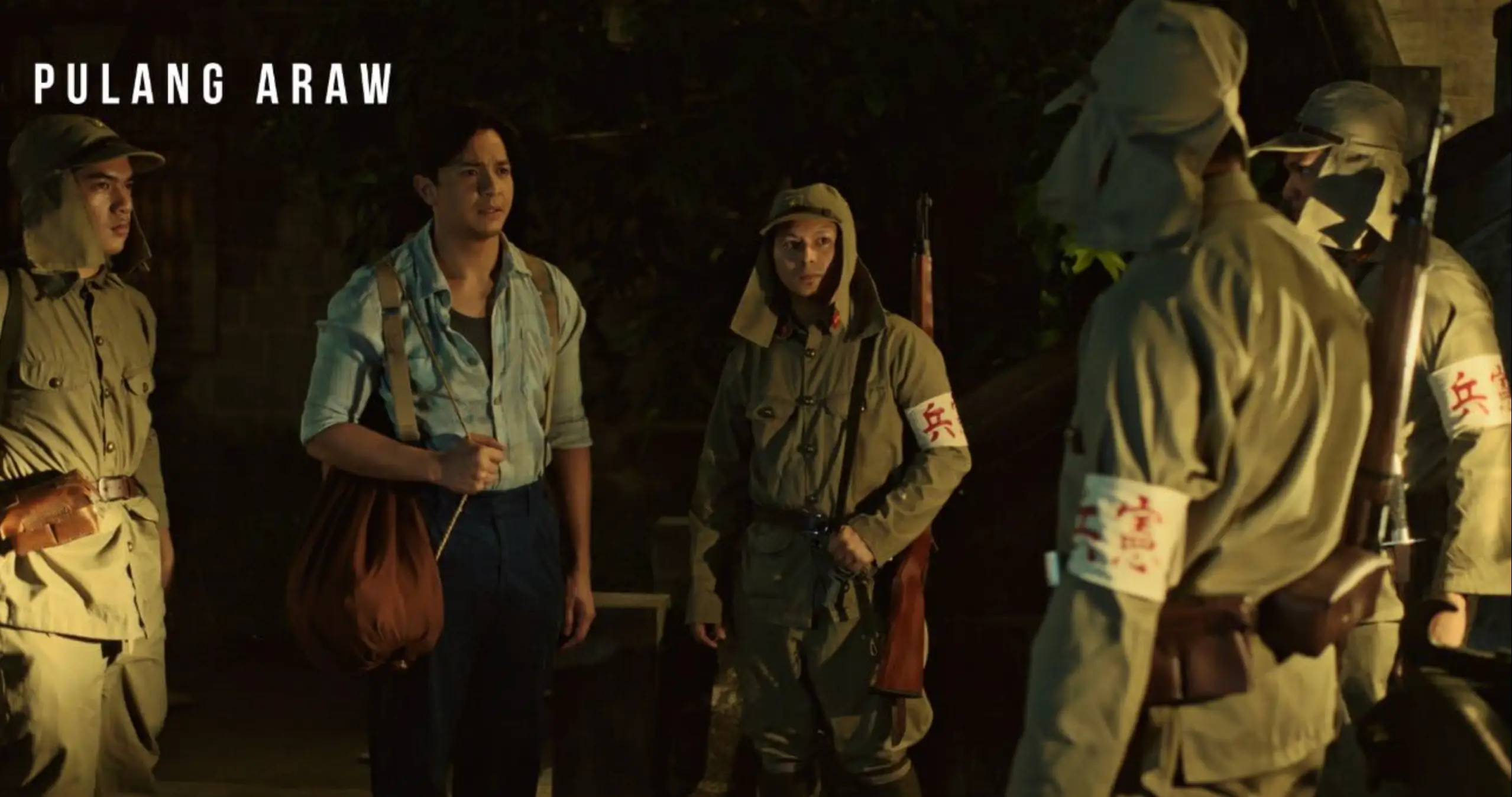
Image: IMDB/Pulang Araw
But war breaks out, and Hiroshi is forced to become a member of the Japanese Imperial Army while Eduardo becomes a guerilla fighter, and the childhood friends find themselves on the inevitably opposite sides of a violent attempt at subjugation.
This Filipino war series set during the Japanese occupation of the Philippines was rife with the well-documented atrocities of World War II, and a number of scenes are hard to watch. But war is harsh and without the graphic violence, it wouldn’t just be unrealistic… It wouldn’t do justice to the Philippines’ hard-fought freedom and independence.
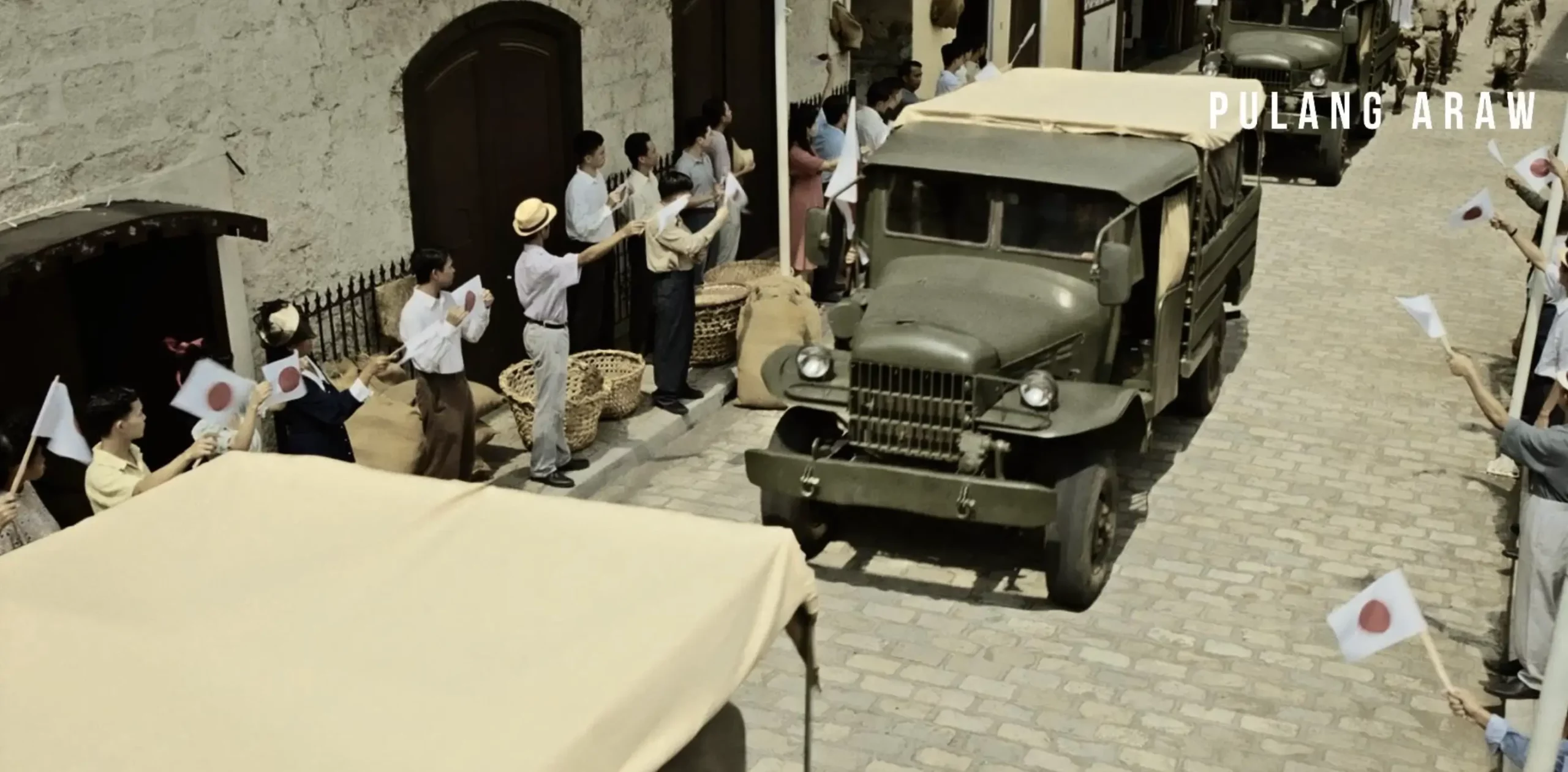
Image: IMDB/Pulang Araw
If you’ve seen a number of Hollywood World War II films, this is a refreshing take from the Filipino purview. Melodramatic and soapy at times, there was no shortage of action, romance, multi-dimensional characters, and believable story arcs.
Vaudeville performances add some reprieve from the heaviness – the same way entertainment provided normalcy to lives upended by war. Alongside guerilla fighters, courageous actors inserted subversive messages into their scripts, grasping at any means to advance the struggle.
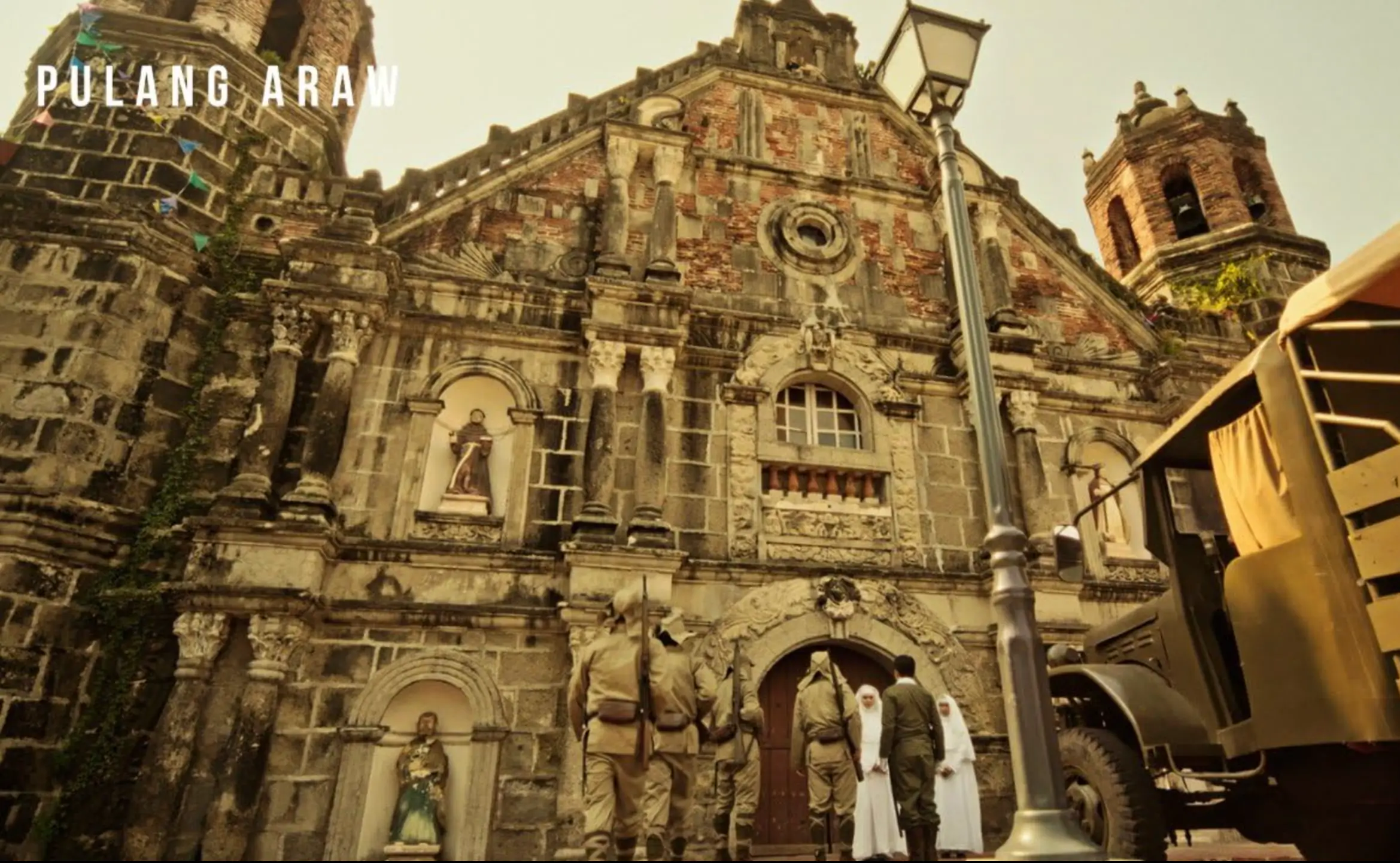
Image: IMDB/Pulang Araw
This well-acted, beautifully shot epic, is art of the highest form.
Generations of children have been told that art should be the least of our priorities in school... but like the Vaudeville performances, this series doesn’t only give us a poignant understanding of our ancestors’ hardships, it encourages curiosity about our history, and makes us think about how we can be better citizens in what seems like a hopeless mess of a country.
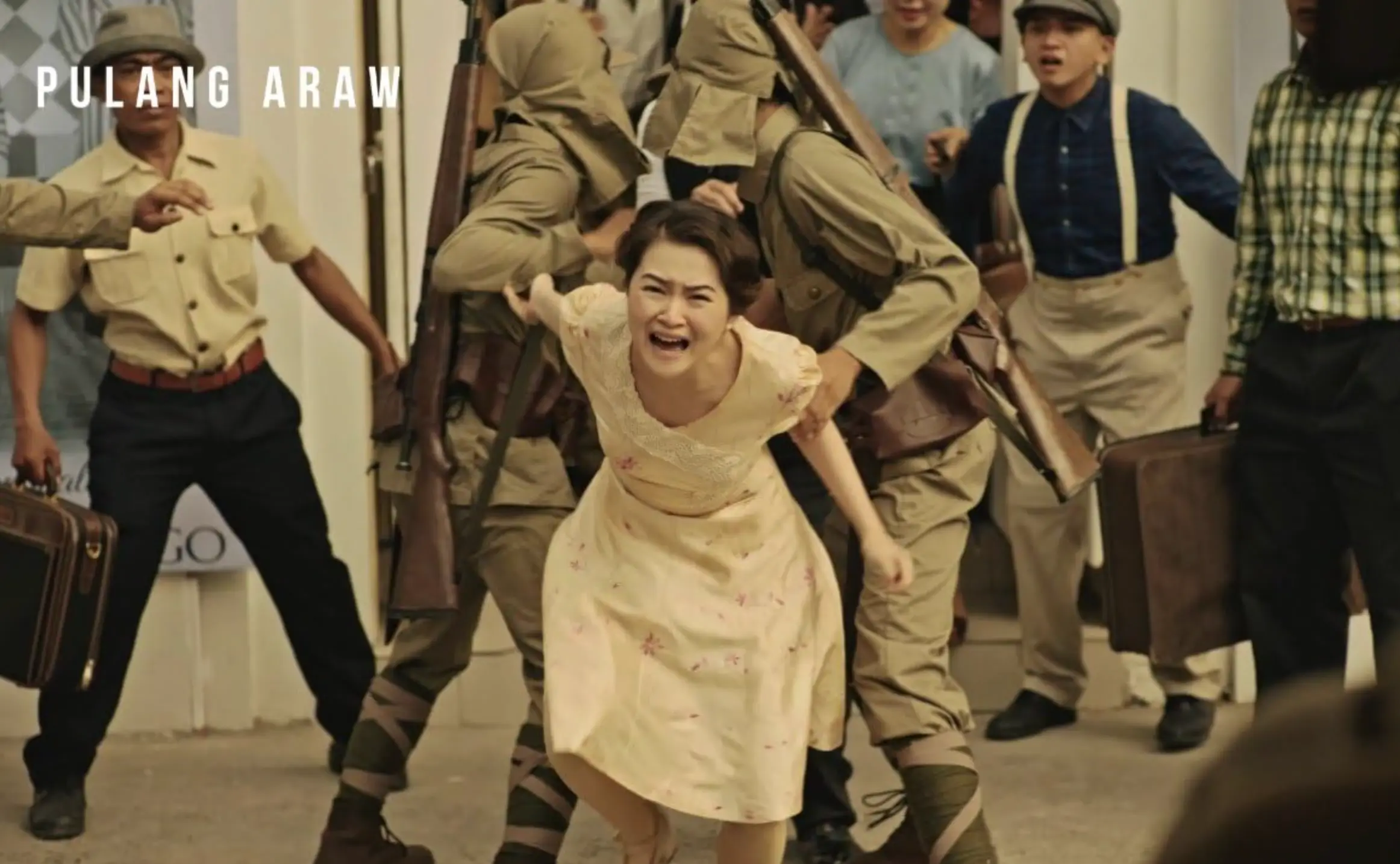
Image: IMDB/Pulang Araw
The lessons of history don’t belong on a dust-gathering shelf – they belong in our hearts and minds as we use the past victories to work towards a better future. Otherwise, their struggle would have been in vain. Sit with your grandparents, take those stories in, revel in the courage of our forefathers. Don't ever take the lessons of history for granted.
Our ancestors did the hard part.
“Pulang Araw” inspires patriotism and appreciation for our ancestors and what they fought for: freedom, independence, and the rich story of the Philippines... a cradle of noble heroes indeed.
Mabuhay ang Pilipinas! (Long live the Philippines!)
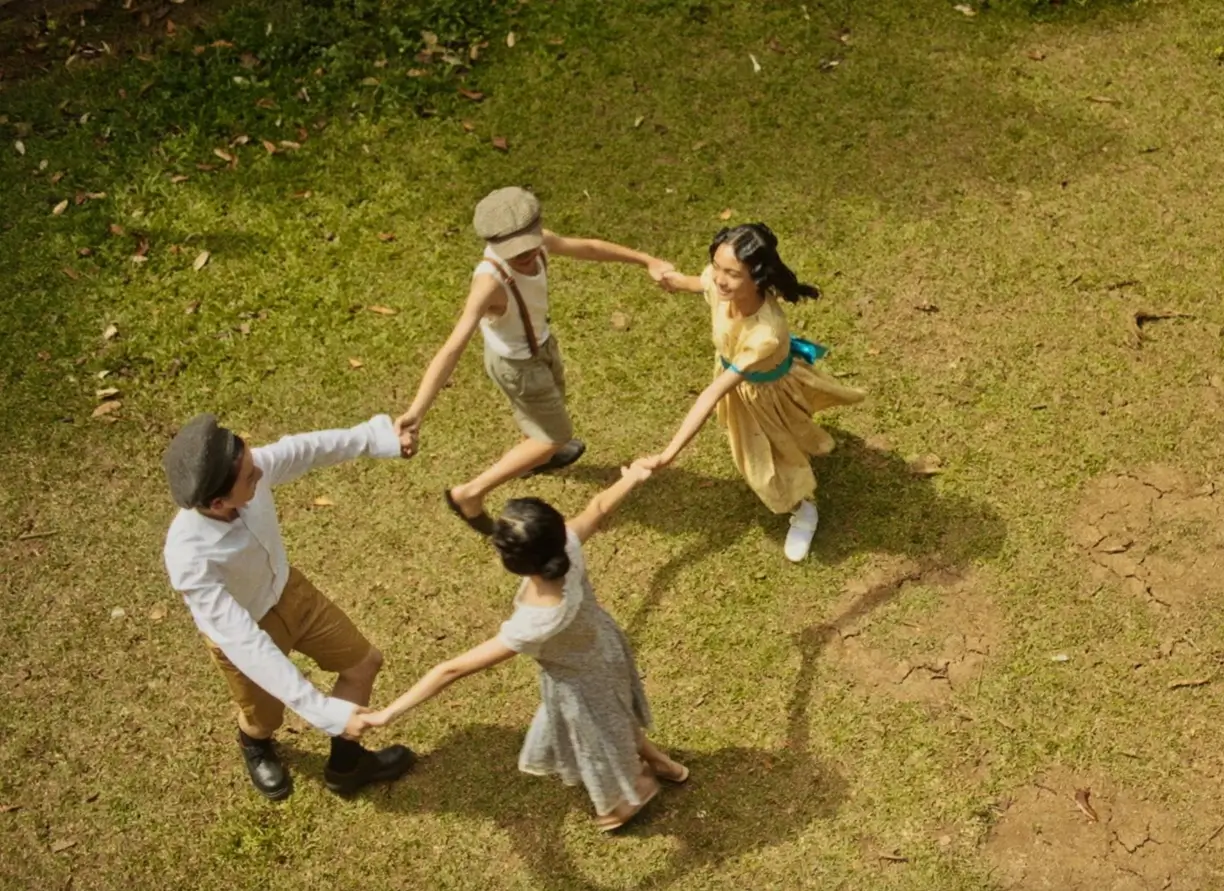
Image: IMDB/Pulang Araw

0 comments